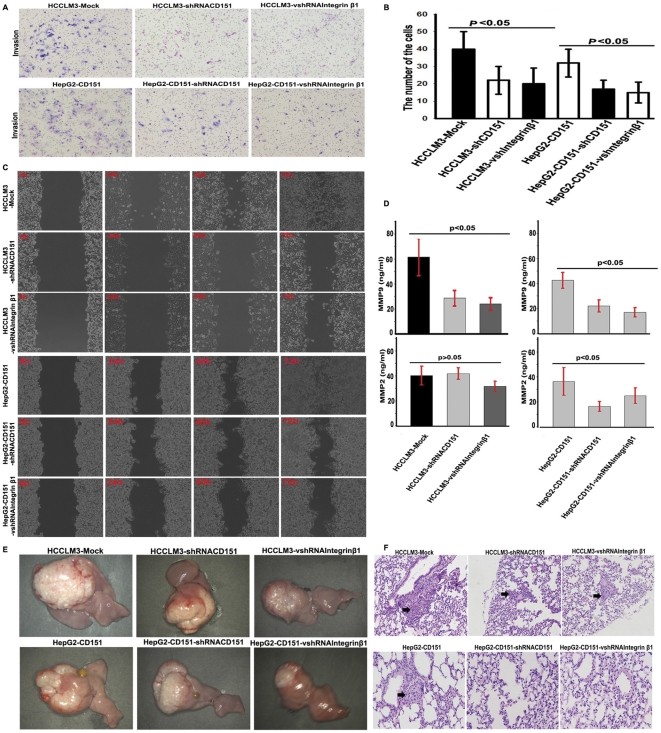Figure 3. CD151 increased invasion, mobility and metastasis of HCC cells in an integrin β1-dependent manner.
Transwell assays showed that the number of invasive HCCLM3-mock and HepG2-CD151 cells were significantly higher than those of shRNA-CD151-HCCLM3, shRNA-integrin β1-HCCLM3 cells and HepG2-CD151-shRNA-CD151, HepG2-CD151-shRNA-integrin β1, respectively (A and B). Wound healing assays revealed an apparent decrease in the mobility of HCCLM3 cells transfected with shRNA-CD151 or shRNA-integrin β1. Similarly, disruption of CD151 or integrin β1 in HepG2-CD151 cells, HepG2-CD151-shRNA-CD151 or shRNA-integrin β1 showed the impaired mobility (C). ELISA showed that the concentration of MMP9 in the supernatant from HCCLM3-mock and HepG2-CD151 cells was significantly higher than that of shRNA-CD151-HCCLM3 cells, shRNA-integrin β1-HCCLM3 cells and HepG2-CD151-shRNA-CD151 or shRNA-integrin β1, respectively (D). However, no significant changes of MMP2 were observed in HCC cells after interference with CD151 or integrin β1 (D). After construction of metastasis model in situ, tumor volumes of HCCLM3-mock-derived xenografts were significantly larger than those of HCCLM3-shRNA-CD151 and HCCLM3-shRNA-integrin β1 (E). The tumor volumes of CD151-HepG2-derived xenografts were significantly larger than those of HepG2-CD151-shRNA-CD151 and HepG2-CD151-shRNA-integrin β1 (E). Serial sections showed that the pulmonary metastasis rates and metastatic tumor clusters in the HCCLM3-mock group were higher than that of HCCLM3-shRNA-CD151 group and the HCCLM3-shRNA-integrin β1 group. The pulmonary metastasis rates of CD151-HepG2 were markedly higher that of HepG2-CD151-shRNA-CD151 and HepG2-CD151-vshRNA-Integrinβ1 groups (F).

